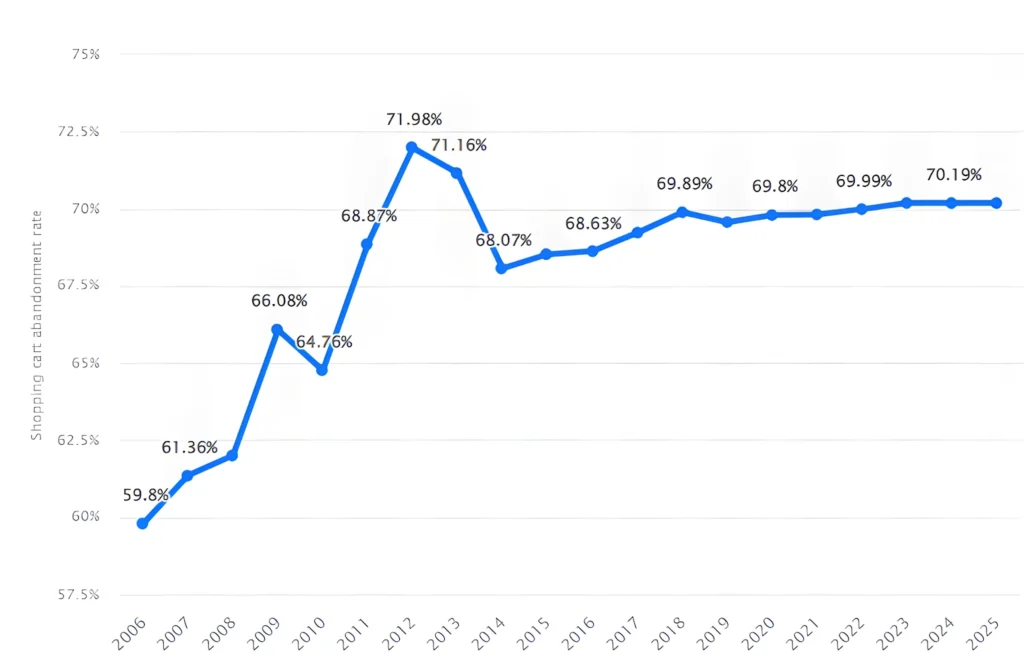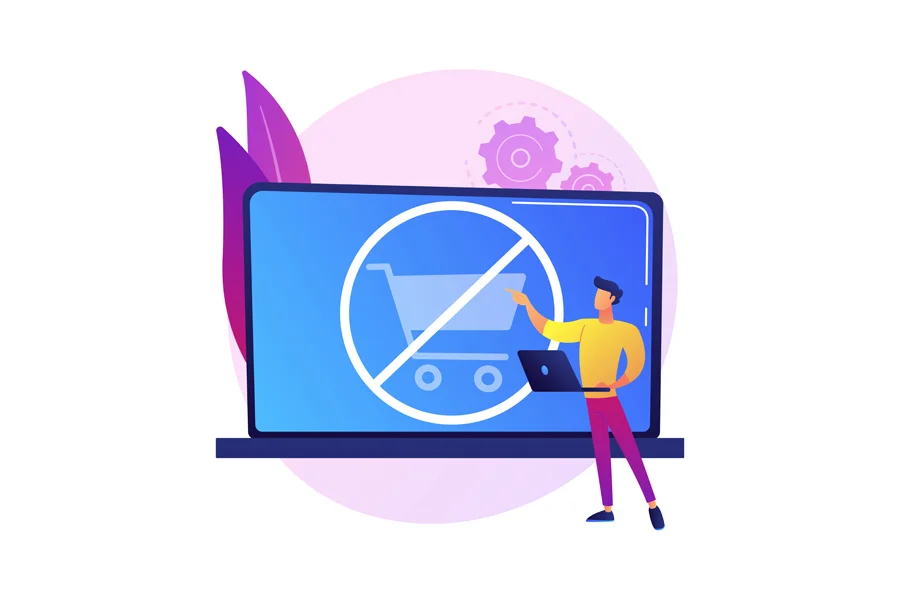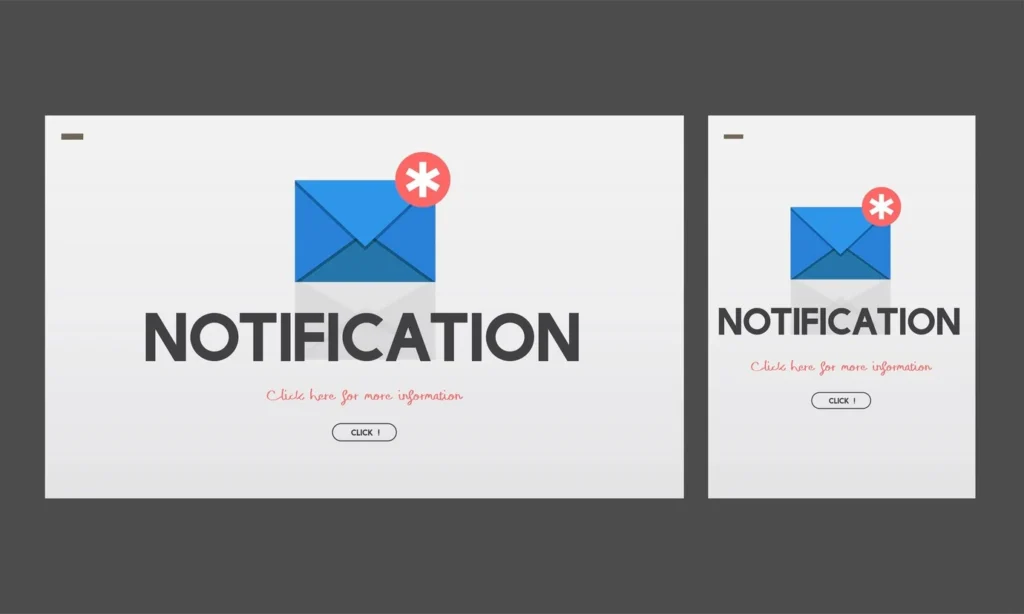Think about this: a customer spends time browsing your store, adds items to their cart, and is just a few clicks away from completing their purchase, but he leaves without making a purchase. This scenario is all too common. For online retailers, this translates to lost revenue and missed opportunities.
In this guide, we’ll explore the reasons behind cart abandonment, actionable strategies to reduce cart abandonment, and the best tools to recover abandoned carts. With the right cart abandonment solutions, you can win back the lost sales and boost your bottom line. Whether you own a small or large company, these solutions will allow you to turn abandoned shopping carts into successful conversions.
What is the Cart Abandonment Rate?
The cart abandonment rate is a critical metric for any eCommerce business. It measures the percentage of shoppers who add items to their cart but leave your website without completing the purchase. Think of it as a window into your customers’ behavior—it shows you how close they were to buying but didn’t.
Understanding your cart abandonment rate is essential because it helps you identify problems in your sales funnel. Are customers leaving because of high shipping costs? Is your checkout process too complicated? By tracking this metric, you can pinpoint issues and take action to fix them.
Average Cart Abandonment Rate

The average cart abandonment rate across industries is 70.19%, according to Statista.com. This means that out of every 10 customers who add items to their cart, 7 leave without completing their purchase. However, this rate can vary depending on the industry, device used, and customer demographics.
Cart Abandonment Rate Formula
To calculate your cart abandonment rate, use this formula:
Cart Abandonment Rate = (Number of Completed Purchases ÷ Number of Carts Created) × 100
For example, if 100 carts are created and 30 purchases are completed, your abandonment rate is 70%.
Reasons and Impacts of Cart Abandonment
Understanding the cart abandonment reasons is the first step toward solving this costly problem for eCommerce businesses.
Why Do Customers Abandon Their Carts?
- Hidden Costs: The #1 reason for cart abandonment is unexpected costs. According to cart abandonment stats by Baymard Institute, 48% of shoppers abandon their carts because of extra fees like shipping, taxes, or handling charges [1].
- Forced Account Creation: in fact, 24% of users abandon their carts because they don’t want to go through the process of setting up an account [2].
- Complicated Checkout Process: If customers have to navigate through multiple pages or fill out endless forms, they’re likely to give up.
- Website Performance Issues: Slow loading times, crashes, or glitches during checkout can frustrate customers and drive them away. In today’s fast-paced digital world, shoppers expect a seamless experience. Even a few seconds of delay can lead to cart abandonment.
- Payment Security Concerns: Shoppers are increasingly cautious about online security. If your website lacks trust symbols like SSL certificates or secure payment icons, customers may hesitate to complete their purchase.
- Distractions and Indecision: Sometimes, customers abandon their carts simply because they get distracted or change their minds. They might be comparing prices on other sites, waiting for a discount, or just not ready to commit to the purchase.
The Impact of Cart Abandonment
The consequences of cart abandonment go beyond just lost sales. Here’s how it impacts your business:
- Revenue Loss: eCommerce businesses lose billions of dollars annually in abandoned carts.
- Reduced Customer Retention: Cart abandonment doesn’t just affect one-time sales—it can also harm customer retention. Frustrated shoppers who encounter issues during checkout are less likely to return to your store. This means losing not only their current purchase but also potential future sales.
- Increased Marketing Costs: When customers abandon their carts, you may need to spend more on retargeting ads, email campaigns, or other recovery efforts to bring them back. These additional costs can eat into your profit margins.
- Missed Opportunities for Growth: High cart abandonment rates can hinder your business’s growth. By failing to convert interested shoppers into paying customers, you miss out on opportunities to build brand loyalty and expand your customer base.
How to Reduce Cart Abandonment

Reducing cart abandonment is all about creating a seamless and enjoyable shopping experience.
1. Ensure Transparent Pricing
Nobody likes surprises, especially when it comes to costs. Hidden fees are one of the top reasons customers abandon their carts. Here’s how to avoid this:
- Display Shipping Costs Early: Use a shipping calculator on your product pages so customers know the total cost upfront.
- Be Clear About Taxes and Fees: If additional fees apply, mention them clearly before checkout.
- Highlight Free Shipping: If you offer free shipping, make it obvious. For example, “Free shipping on orders over $50” can encourage customers to add more items to their cart.
Pro Tip: Amazon Prime’s success is partly due to its free, fast shipping. If you can’t offer free shipping, consider including it in the product price and marketing it as “free shipping included.”
2. Optimizing Checkout Process for Better Conversion Rates
A complicated checkout process is like a maze—it frustrates customers and makes them want to leave. Simplifying this process can significantly reduce cart abandonment. Here’s how to streamline your checkout:
- Offer Guest Checkout: Not everyone wants to create an account. Allow customers to check out as guests to save time.
- Reduce the Number of Steps: Aim for a one-page checkout or as few steps as possible.
- Add Progress Indicators: Show customers how close they are to completing their purchase with a progress bar (e.g., “Step 1 of 3”).
- Include Product Images and Summaries: Remind customers what they’re buying by displaying product images and key details in the cart.
- Provide Multiple Payment Options: Offer popular payment methods like credit cards, PayPal, Apple Pay, and Google Pay.
Real-World Example: ASOS uses a clean, one-page checkout with clear progress indicators and multiple payment options. This simplicity helps them maintain a lower-than-average cart abandonment rate.
3. Implementing Exit-Intent Popups
Exit-intent popups are like a last-minute “Wait, don’t go!” message. They appear when a customer is about to leave your site, giving you one final chance to save the sale. Here’s how to use them effectively:
- Offer an Incentive: A discount code or free shipping can entice customers to complete their purchase. For example, “Get 10% off if you complete your order now!”
- Keep It Simple: Don’t overwhelm customers with too much information. A clear message and a strong call-to-action (CTA) work best.
- Use AI Tools: Platforms like OptiMonk or Privy can help you create personalized, high-converting popups.
Pro Tip: Test different offers and designs to see what works best for your audience. For example, some customers might respond better to free shipping than a percentage discount.
4. The Role of Customer Support in Reducing Abandonment
Sometimes, customers abandon their carts because they have questions or concerns. Providing quick, helpful support can make all the difference. Here’s how to improve customer support:
- Add Live Chat: Integrate a live chat feature to answer questions in real-time. Tools like Zendesk or Tidio make this easy.
- Use AI Chatbots: AI-powered chatbots, like eSelf AI video chatbot, can provide instant assistance, even outside business hours. Unlike conventional chatbots, eSelf video chatbots will provide support that is as similar to human support as possible.
- Display Trust Signals: Show security badges, customer reviews, and return policies to reassure shoppers.
Example: A customer might abandon their cart because they’re unsure about sizing. A live chat agent or chatbot can quickly provide sizing charts or recommendations, helping the customer feel confident about their purchase.
5. Enhancing User Experience Through Customer Engagement
Engaging with customers proactively can turn a potentially lost sale into a conversion. By offering personalized support and real-time assistance, you can build trust and encourage purchases. Here’s how to enhance engagement:
- Use AI Tools: AI Tools like eSelf AI video assistant can provide personalized recommendations and answer questions in real-time.
- Send Abandoned Cart Emails: Remind customers about their abandoned carts with personalized emails. For example, “You left something behind! Complete your purchase now and get free shipping.”
- Offer Personalized Discounts: If a customer abandons their cart, send them a unique discount code to encourage them to return.
Pro Tip: Personalization is key. Use the customer’s name, mention the items they left behind, and include a clear CTA to make your emails or messages more effective.
Abandonment Recovery Tools

Recovering abandoned carts requires the right tools and strategies. From analytics platforms like Google Analytics to email recovery campaigns and retargeting ads. With the right tools, you can turn abandoned carts into loyal customers and boost your bottom line.
1. Utilizing Analytics Tools for Insightful Data
To solve the problem of cart abandonment, you first need to understand it. Analytics tools provide valuable insights into customer behavior, helping you identify where and why shoppers are dropping off. Here’s how to use analytics tools effectively:
- Track User Behavior: Tools like Google Analytics and Hotjar allow you to see how customers navigate your site, where they get stuck, and where they leave.
- Identify Pain Points: Are customers abandoning their carts on the payment page? Are they leaving after seeing shipping costs? Analytics can help you pinpoint these issues.
- A/B Test Solutions: Use data to test different strategies, such as changing your checkout flow or adding trust badges, and see what works best.
Pro Tip: Set up funnel tracking in Google Analytics to monitor the checkout process step-by-step. This will show you exactly where customers are dropping off so you can focus your efforts on those areas.
2. Collect Customer Feedback
Sometimes, the best way to understand why customers are abandoning their carts is to ask them directly. Collecting feedback can provide actionable insights that analytics tools might miss. Here’s how to gather feedback:
- Post-Exit Surveys: Use tools like Typeform or SurveyMonkey to ask customers why they left. For example, “What stopped you from completing your purchase today?”
- Live Chat or Chatbots: If a customer seems hesitant, a chatbot or live chat agent can ask, “Do you need help with anything?”
- Email Follow-Ups: Send a quick email to customers who abandoned their carts, asking for feedback. Offer a small incentive, like a discount, to encourage responses.
Real-World Example: The shoe retailer Boot Barn implemented a three-stage email process to address cart abandonment. The first email, sent 20 minutes after abandonment, focused on customer service and understanding any issues, achieving an open rate of 46.04% [3].
3. Utilizing Email Recovery Campaigns
Email recovery campaigns are one of the most effective abandonment recovery tools. When done right, they can bring back a significant number of lost sales. Here’s how to create a winning email campaign:
- Timing is Key: Send the first email within 1 hour of abandonment. Follow up with a second email after 24 hours and a final reminder after 48 hours.
- Personalize the Message: Use the customer’s name and include details about the items they left behind. For example, “Hi [Name], you left [Product Name] in your cart. Don’t miss out!”
- Add a Strong CTA: Include a clear call-to-action, like “Complete Your Purchase Now” or “Claim Your Discount.”
- Offer an Incentive: A discount code or free shipping can be the nudge customers need to return. For example, “Get 10% off if you complete your order within 24 hours!”
Pro Tip: Use AI tools like Klaviyo or Omnisend to automate your email campaigns and track their performance. These platforms allow you to segment your audience and send highly targeted messages, and are really good cart abandonment solutions.
4. Leveraging Retargeting Ads to Re-Engage Customers
Retargeting ads are like a friendly reminder to customers who left your site without buying. They follow users across the web, showing them the products they abandoned and encouraging them to return. Here’s how to create effective retargeting campaigns:
- Use Dynamic Ads: Platforms like Facebook Ads and Google Ads allow you to create dynamic ads that display the exact products customers left in their carts.
- Set a Clear CTA: Use phrases like “Complete Your Purchase” or “Your Cart is Waiting” to encourage action.
- Offer an Incentive: Include a discount or free shipping offer in your ad to sweeten the deal.
Real-World Example: Implementing retargeting advertising can reduce cart abandonment by 6.5% and increase online sales by almost 20% [4]. The fashion brand ASOS utilizes retargeting ads offering discounts to encourage customers to complete their purchases, effectively reducing cart abandonment rates [5].
5. Conduct A/B Testing
Not all strategies work the same for every business. A/B testing allows you to experiment with different approaches and find what works best for your audience. Here’s how to conduct A/B testing:
- Test Email Subject Lines: Try different subject lines to see which ones get the most opens. For example, “You Forgot Something!” vs. “Complete Your Purchase and Save 10%.”
- Experiment With Pop-up Design and Different AI Video Chatbots: test different colors, messages, and stimuli in your exit-intent pop-ups, and try using different avatars.
- Try Different Checkout Flows: Simplify your checkout process and compare the results to your current flow.
Pro Tip: Use tools like Optimizely or VWO to run A/B tests and analyze the results. Even small changes, like moving the “Continue Shopping” button, can have a big impact.
Future Trends in Cart Abandonment Solutions
As eCommerce continues to evolve, businesses are turning to tools like artificial intelligence (AI), machine learning, and advanced personalization to tackle the persistent challenge of cart abandonment. These innovations are not just about recovering lost sales—they’re about preventing abandonment in the first place by addressing customer pain points before they even arise.
One of the most exciting trends is the rise of AI-powered personalization. Tools like eSelf AI video assistant are already transforming how businesses engage with customers.
Another game-changer is the use of predictive analytics to anticipate cart abandonment before it happens. By analyzing data like browsing time, device type, and past purchases, businesses can identify when a customer is likely to abandon their cart and intervene in real-time. For instance, if a customer spends too long on the payment page, the system could automatically offer a discount or free shipping to encourage them to complete their purchase.
Looking further ahead, technologies like augmented reality (AR) and voice commerce are set to revolutionize the shopping experience. AR allows customers to “try before they buy,” whether it’s visualizing furniture in their home or testing makeup shades virtually. Meanwhile, voice-activated devices like Alexa and Google Home could remind customers about abandoned carts or even let them complete purchases with a simple voice command.
In the end, the future of cart abandonment solutions is about creating seamless, frictionless experiences that make customers feel valued and understood.
FAQs About Cart Abandonment
Why is cart abandonment an important concern for businesses?
Cart abandonment directly impacts revenue and customer retention. With the average cart abandonment rate at 70.19%, businesses lose billions of dollars annually. Addressing this issue is crucial for boosting sales and building long-term customer loyalty.
What is the difference between cart abandonment and checkout abandonment?
Cart abandonment occurs when customers leave after adding items to their cart, while checkout abandonment happens during the payment process. Both are critical issues but require slightly different strategies to address.
What is an abandonment strategy?
An abandonment strategy involves using tools and tactics to recover lost sales from abandoned carts. This can include email campaigns, retargeting ads, exit-intent popups, and personalized offers.
Is abandoned cart recovery worth it?
Absolutely! Abandoned cart recovery can significantly boost revenue. Studies show that 10% of abandoned carts can be recovered with the right strategies, making it a worthwhile investment for any eCommerce business [6].
Do abandoned cart emails work?
Yes, abandoned cart emails are highly effective. They have an average open rate of 41.18% and can recover a significant portion of lost sales [7]. The key is to send timely, personalized emails with clear calls-to-action.


